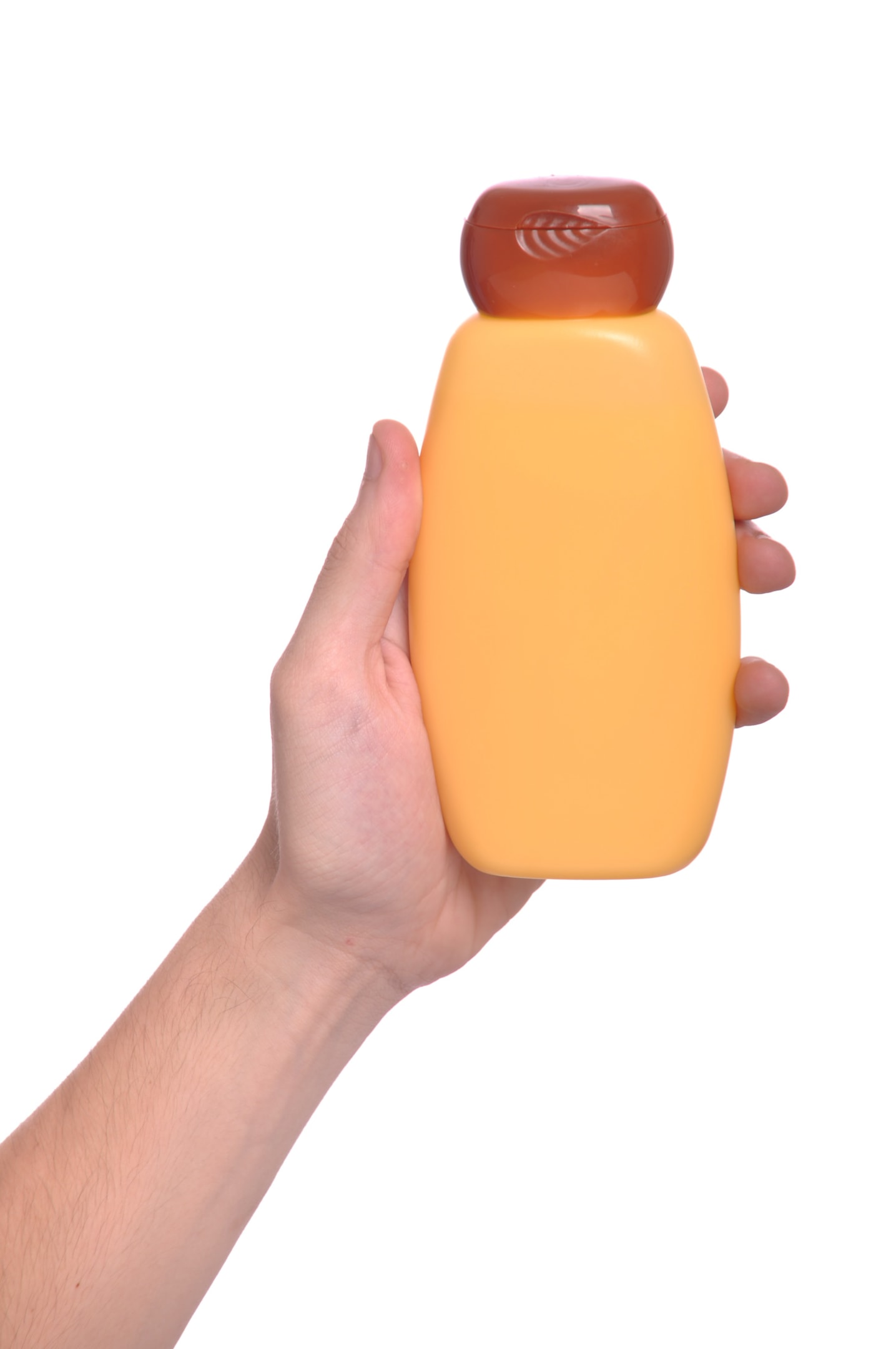Why Sun Safety Matters on the Road
If you’re a truck driver, you know all about long hours, harsh conditions, and staying alert on the road. But there’s one health risk that often gets overlooked: sun exposure. Even inside your cab, ultraviolet radiation seeps through the window glass—especially the front windshield and driver’s side window—leading to serious skin damage over time.
That constant exposure to the sun’s harmful rays can cause premature aging, thick wrinkles, skin discoloration, and even potentially deadly skin cancer. You don’t have to be outside for your skin to suffer. Just being behind the wheel of a delivery truck or long-haul vehicle puts you at risk.
This isn’t just about aesthetics. Sun damage can ultimately lead to long-term health issues—especially on your left side, where exposure tends to be most intense. Sun protection is more than a seasonal concern; it’s a critical daily habit for every professional truck driver.

Understanding the Rays: UVA vs. UVB
To understand sun damage, it helps to know about the two rays that do the most harm: UVA and UVB rays.
UVA rays: These rays penetrate window glass and reach deep into the skin. Over time, they weaken the skin’s elastic fibers, causing left-side aging, more wrinkles, and long-term skin damage. Chronic UVA exposure is especially concerning for drivers who spend long hours in the cab.
UVB rays: These are responsible for sunburns and direct damage to the skin’s surface. UVB is strongly linked to a higher skin cancer risk and visible sun tan.
Exposure to both UVA and UVB rays contributes to sunburn, sun tan, and long-term uv damage—even if you’re not feeling the effects immediately. Over time, too much ultraviolet radiation breaks down the stratum corneum, the skin’s outer layer, which leads to thickening skin, uneven tone, and damage that can be difficult to reverse.
One famous case in the New England Journal of Medicine documented a truck driver with dramatic left-side aging due to years of chronic UVA exposure. The difference between the left and right sides of his face made national headlines and raised awareness about UV exposure inside vehicles.
The Visible Effects of Sun Exposure
You don’t need to burn to have sun damage. The effects often build slowly, showing up as:
Long-lasting sun tan
Thickening skin or leathery texture
Uneven skin color
Thick wrinkles and more wrinkles than expected for your age
Rough patches or changes in skin texture
These are all signs of the harmful effects of ultraviolet radiation breaking down your skin’s integrity. The sun’s rays don’t just age you—they actively harm your body’s largest organ.

How to Protect Your Skin Behind the Wheel
Sun protection doesn’t have to be complicated. Simple, repeatable actions can prevent UV damage—even during a busy truck day.
Apply Broad Spectrum Sunscreen
Use a broad-spectrum sunscreen with SPF 30 or higher to block both UVA and UVB rays. Apply sunscreen to:
Your face, including the left side
Neck
Ears
Arms (especially your left forearm)
Be sure to reapply every two hours during long hauls or if you’re in and out of the truck frequently. Think of sunscreen as essential PPE—it protects you from the sun’s harmful rays just like gloves protect your hands.
Wear Protective Clothing
When possible, wear long-sleeved shirts, sun sleeves, and UV-rated hats to shield exposed areas. This protective clothing creates a physical barrier between your skin and direct sunlight, minimizing skin damage.
Install UV-Blocking Window Film
Your window glass may reduce some UVB rays, but UVA rays still get through. Install UV-filtering window film to your front windshield and side windows to dramatically cut down on uv exposure and prevent truck driver sun damage, especially on the left side.
Park in the Shade
Breaks count. When you’re off the clock—even for a few minutes—park in the shade. Avoiding direct sunlight during breaks or fueling helps reduce cumulative UV exposure over the course of a truck day.
Be Consistent Year-Round
Sun protection isn’t just for summer. UV rays can penetrate clouds, so even overcast skies pose a risk. Incorporate sun safety into your daily driving routine—no matter the season or weather conditions.

Quick Sun Safety Checklist for Drivers
Apply sunscreen every day (SPF 30+, broad-spectrum)
Reapply every 2 hours during long hauls
Wear protective clothing like long sleeves and sun sleeves
Use UV window film on cab windows
Take breaks in shaded areas when possible
Perform monthly skin checks for new or changing spots
Don’t skip sun protection in cloudy or cold weather
Debunking Common Sun Safety Myths
Let’s clear up some common misconceptions that could put truck drivers at risk:
“Clouds protect me.” They don’t. UV rays can pass through clouds easily.
“I don’t burn, so I’m safe.” A lack of burning doesn’t mean your skin isn’t being damaged.
“Tanning is healthy.” It’s not. A sun tan is your skin reacting to injury.
“Darker skin doesn’t need sunscreen.” All skin tones are vulnerable to sun damage and skin cancer.
Ignoring these facts can ultimately lead to long-term health issues—even for seasoned drivers with years of experience on the road.

Know the Warning Signs of Skin Cancer
Early detection is key. Skin cancer is highly treatable when caught early. Watch for:
New moles or growths
Changes in the shape, size, or color of existing moles
Persistent sores that don’t heal
Unusual thickening skin or visible changes in skin texture
If something seems off, don’t wait. See a dermatologist. Modern tools like skin-check apps or telehealth visits make it easier than ever to catch early signs—before they become serious.
Stay Young and Protected for the Long Haul
At ShipEX, we care about the health and longevity of our drivers—not just the freight. Truck driver sun damage is real, and UV rays don’t take a break. Whether you’re crossing state lines or making local deliveries, your skin is on the front line every mile.
Remember:
“Your left side doesn’t have to show the years before your logbook does.”
Take a few extra steps each day to protect yourself from the sun’s harmful rays—whether it’s applying sunscreen, wearing protective clothing, or investing in UV-blocking film.
Because the sun may rise every morning, but your skin doesn’t have to bear the burden.
